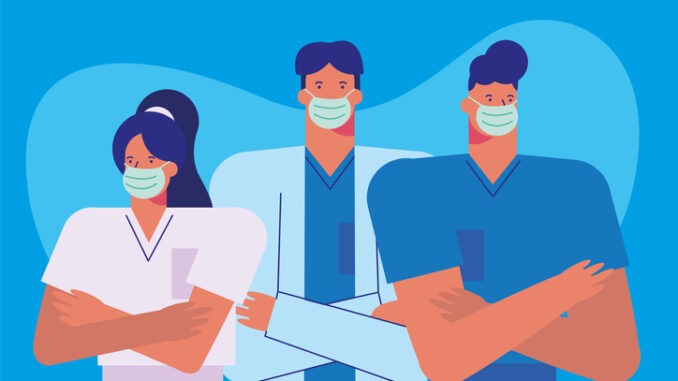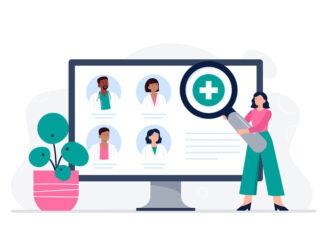
Heidi Phillips shares her views on the best ways to recruit and retain young GPs
CREDIT: This is an edited version of an article that originally appeared on The Health Foundation
Medical students are like stem cells – undifferentiated cells that can develop into any specialised cell. Like stem cells, the environment in which medical students are incubated will influence their outcomes. Students are more likely to choose branches of medicine where they have seen successful role models with whom they can identify.
Despite 90% of patient interactions with the NHS occurring in primary care, traditionally, the medical school curriculum has been dominated by secondary care, and often taught by secondary care consultants. Learning takes place in blocks – gynaecology, psychiatry, surgery – where students see patients according to the symptoms they present with, or the disease or illness they have been diagnosed with, but real life doesn’t present like this.
In real life, it all starts in the community. People are the product of their environments, just like the stem cell. It makes no sense to divide a person up into the sum of their parts and attempt to treat each part separately. People need to be treated holistically, with an understanding of how each body system relates to the other, and with co-ordination of their care. Patients don’t understand the hierarchy that is primary versus secondary care; they want a doctor who can help them – the whole of them – and can put the pieces of the jigsaw together. This is the core remit of general practice.
However, general practice in the UK is currently facing a period of extreme challenge, with reduced recruitment and retention of GPs filling column inches. Of the 431 GP respondents to a recent questionnaire, obtained as part of my research into recruitment and retention of GPs in Wales, 34% intend to leave general practice within the next five years.
Increasing workload intensity and the ten-minute appointments, coupled with increasing bureaucracy, means that GPs, who were previously autonomous specialists in community care are becoming demoralised, demotivated and burned out. These findings echo those that Gibson et al, 2016, reported in the Eighth National GP Worklife Survey report. Understanding the factors that predict whether a doctor will work in a particular area, and whether they will decide to practise in the community post-qualification, is key to trying to develop a solution for the impending workforce crisis.
Keep it local
The most striking finding from my research was that local recruitment leads to local retention, with 30% of GPs who went to secondary school in Wales working within 10 miles of their schools. Family is the strongest draw that determines where GPs and medical students want to practise; variety is the reason why students and doctors choose to become GPs.
Part of the solution to the GP workforce crisis must, therefore, be to recruit medical students from those areas where GPs are most needed to a curriculum that immerses them in primary care from the start.
My research into this has led me to conclude that a new model of learning is needed. I think we should develop primary care academies, flipping medical education on its head and starting the learning where the patient starts their journey.
In my view, a primary care academy would offer medical students the opportunity to experience the maximum proportion of their learning in a primary care and/or community setting. A community-centred programme of learning would give students the opportunity to see excellent quality health care delivered by committed teams within the community.
I think variety would be integral to the programme. The medical curriculum could be responsive to the local health needs of the population and contain modules that also allow students to follow their interests. It might be that modules such as urgent ambulatory care, rural medicine, dementia care and mental health conditions could be incorporated into the various curricula, thereby addressing the health needs of the local populations.
I believe the expansion of the model could see the education of other health care providers – such as physician’s associates and community nurses – as well as postgraduate students within this learner-centred environment. In due course, I think it could be possible to train other specialities in primary care, including physiotherapists, osteopaths, health visitors, podiatrists, phlebotomists and all those other professionals who support people in the community.
Inter-professional working could mean that patients are directed towards the most appropriate professional at the point of contact; this could free up GPs to deal with more relevant issues, using their knowledge and skills more effectively. Freeing-up GPs time from those aspects of practice that are more appropriate for other professionals, I believe, will result in GPs seeing a more appropriate, challenging and intellectually-stimulating workload, leading to increased autonomy, improved job satisfaction and better time-efficiency.
Learning in the community, from the community, and for the community is key to the development of tomorrow’s doctors.


Be the first to comment